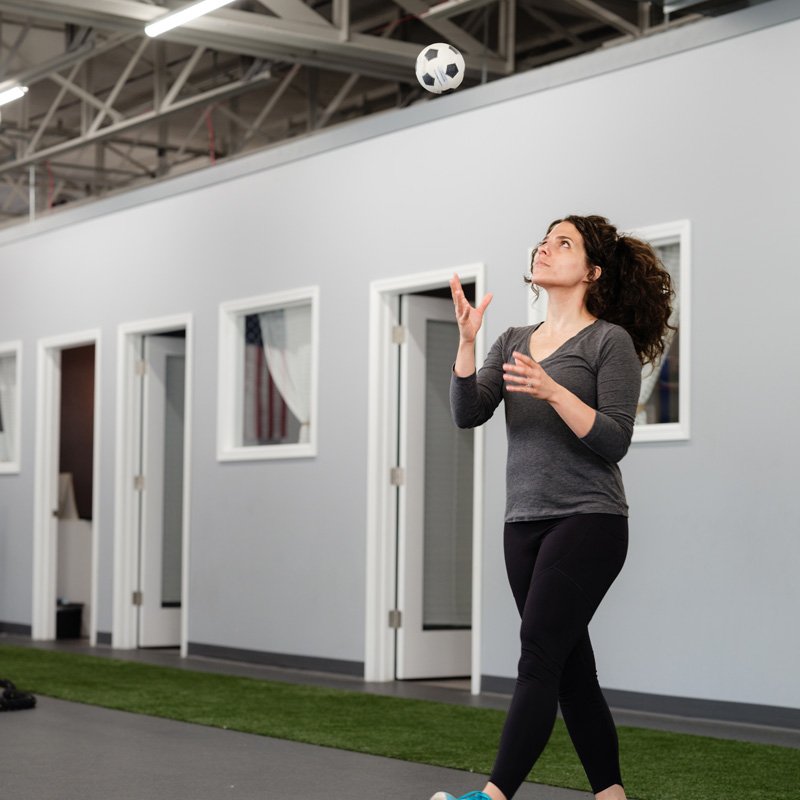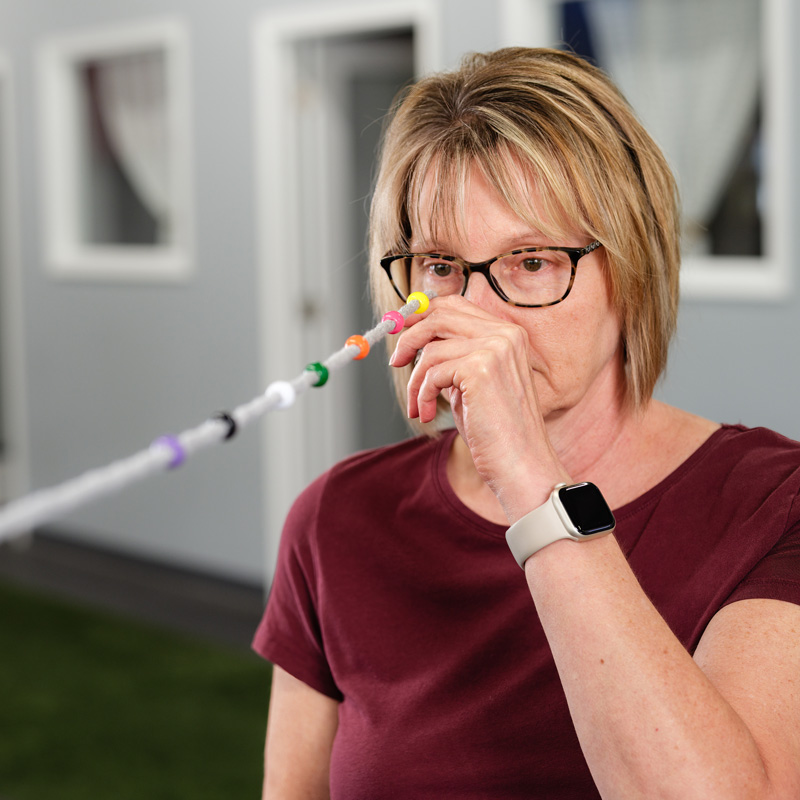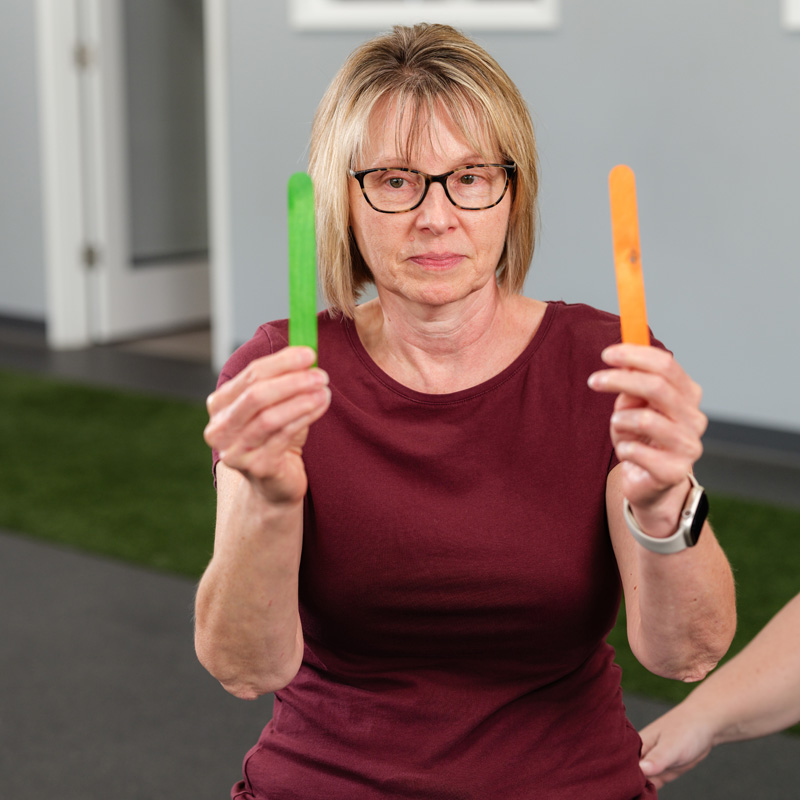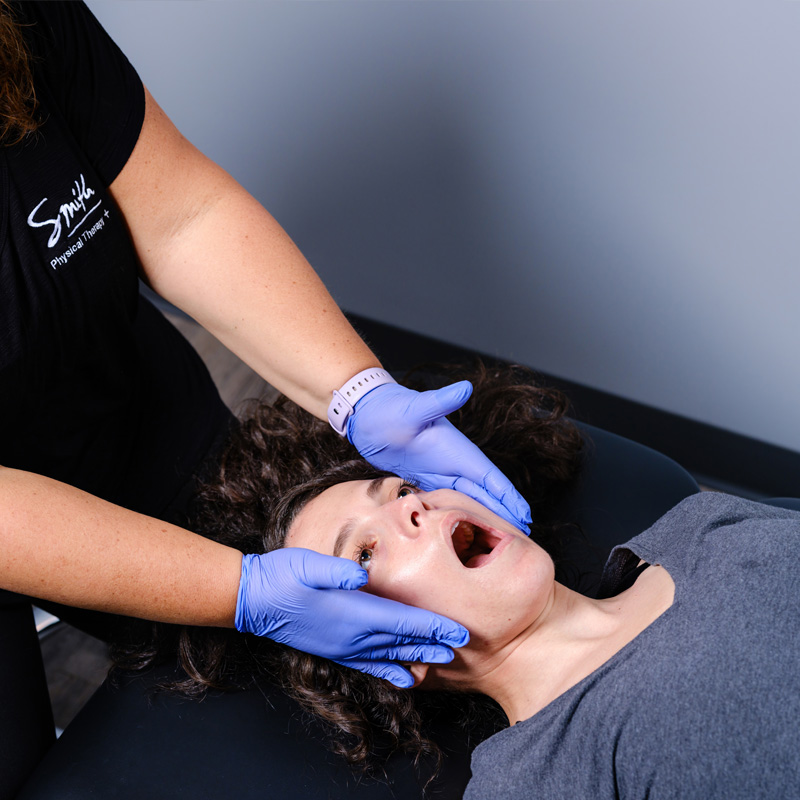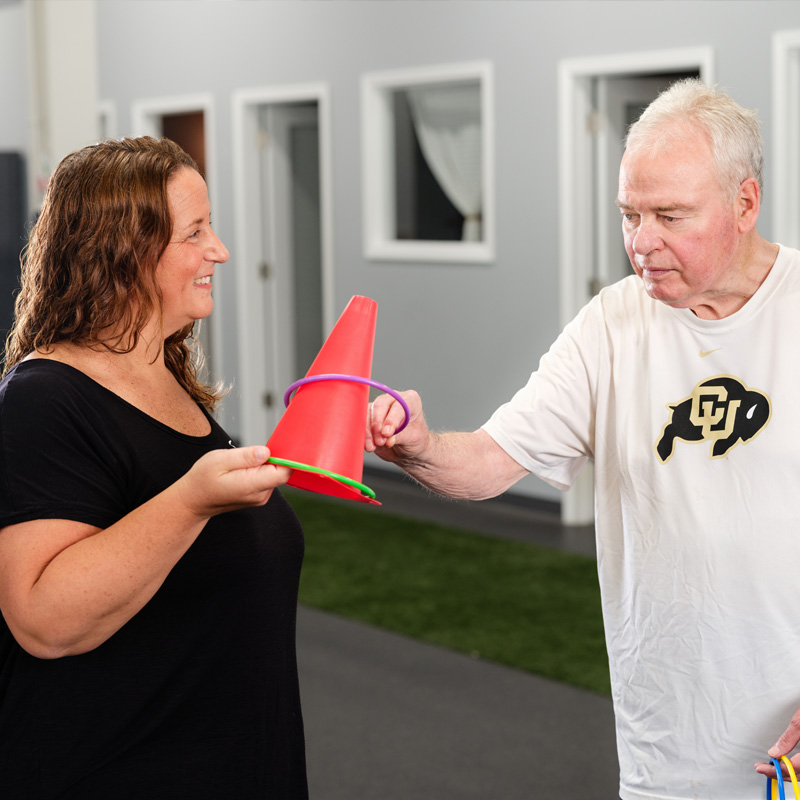Vestibular rehabilitation is a program designed specific to your needs and goals. We have to retrain the brain, vestibular and balance system to help with your recovery. In order to do this, we must gently push into your dizziness symptoms while being careful to not do too much. We always work at your pace and slowly progress to more difficult tasks and skills.
There is definitely a lot of information online about how to manage BPPV (Benign Paroxysmal Positional Vertigo). We caution people about treating their own BPPV because, more often than not, people do not know how to test to determine which ear, and which of six semicircular canals in their vestibular system, is the problem. Performing a maneuver incorrectly or using the wrong repositioning maneuver could cause the otoconia (crystals) to move into a different canal. This would result in continued, and possibly worsened, symptoms. We are more than happy to teach repositioning maneuvers to our patients who chronically present with dysfunction in the same ear and same canal. If self-management does not work, then we encourage them to come in for a quick visit!
The newest research on concussion shows that a supervised, active recovery actually promotes faster healing of the brain. Research shows that individuals who work with a concussion management specialist heal faster than those who don’t, and have a significantly reduced chance of developing PCS (Post-Concussion Syndrome). Only resting after a concussion can actually increase risk of a delayed recovery.
Individuals living with Parkinson’s Disease (PD) have difficulty calibrating their movements. This means that they often move too small (smaller steps, smaller hand movements, etc.). With the LSVT BIG program, our PD patients are able to learn to recalibrate and amplify their movements. This allows them to walk bigger (and safer), perform daily tasks better and more independently, and stay active! We can see results immediately with the program. It is a strict, four week intensive program that requires a big commitment from the patient - and the results are well worth the work! Once someone completes the LSVT BIG program, they can return to the clinic at regular intervals for little “tune ups.”
There are thousands of types of headaches, and just as many different causes of them. However, a majority of individuals living with chronic headaches have several things in common: tight/restricted mobility of the joints and muscles of the neck and upper back, posture abnormalities, trigger points in neck and upper back muscles, weakness, and changes in body mechanics and ergonomics. All of these things can worsen and/or trigger headaches. The great news - all of these things can be addressed and treated with physical therapy! Even individuals with chronic migraine often benefit from physical therapy. We can help to decrease the frequency and intensity of headaches and maybe even get them to go away completely!
Pain, clicking and popping in the jaw is not normal. When we have dysfunction in the jaw, the disc in the joint, joint capsule and muscles around the jaw become impaired as well. Several muscles in the neck and jaw will refer pain to the ear when they are tight. Addressing TMJ dysfunction with physical therapy can help reduce your ear pain by using techniques to restore normal mobility and function of your jaw. While use of a mouthguard is often prescribed for TMJ disorders, they do nothing to actively correct the soft tissue dysfunction and abnormal mechanics of the jaw. Physical therapy can help!
